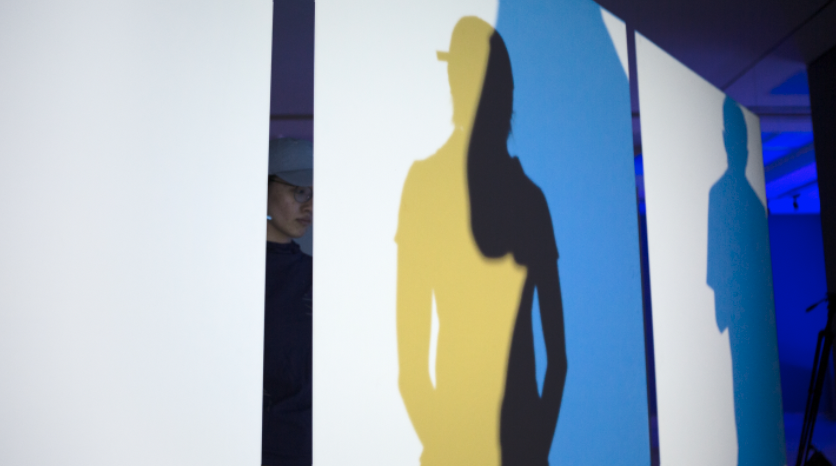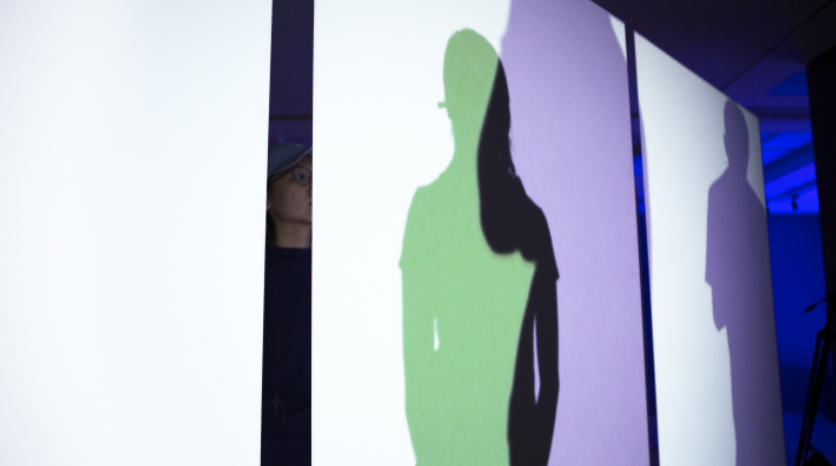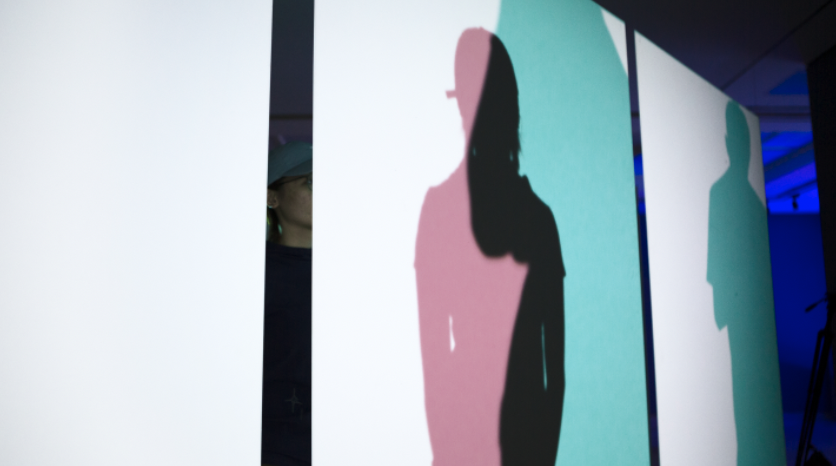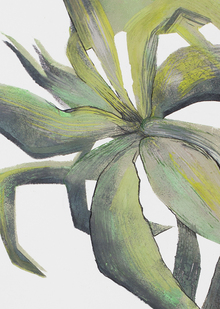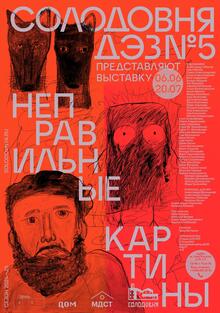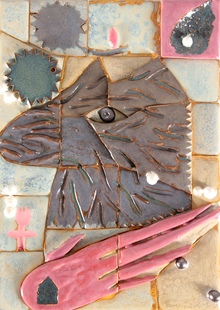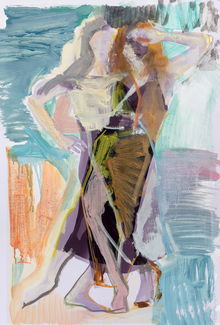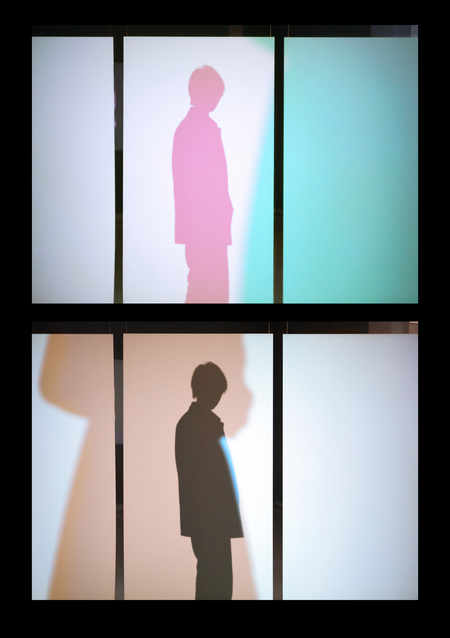
In-between
In-between
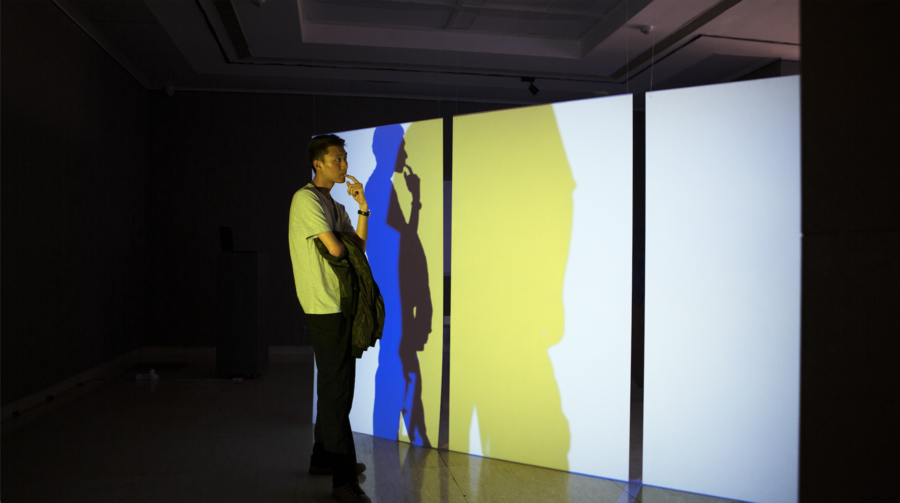
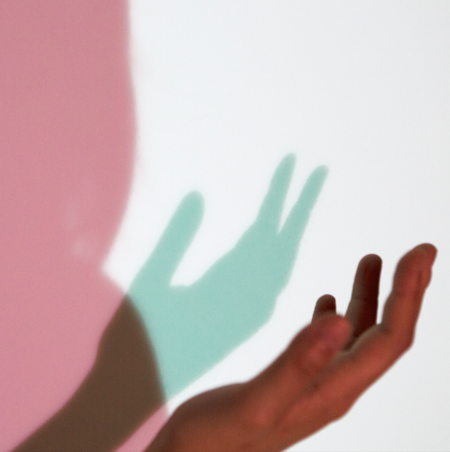
Artwork Statement
Some phenomena can only manifest from certain angles or in specific ways. Jean-Paul Sartre describes cognition as such: «Everything depends on the direction of my attention.» At the onset of an issue, the mental gaze creates a state of mind before forming «yes» or «no.» When the problem itself appears in the form of judgment, judgment is just the endpoint of intention… Yet, we know this isn’t everything.
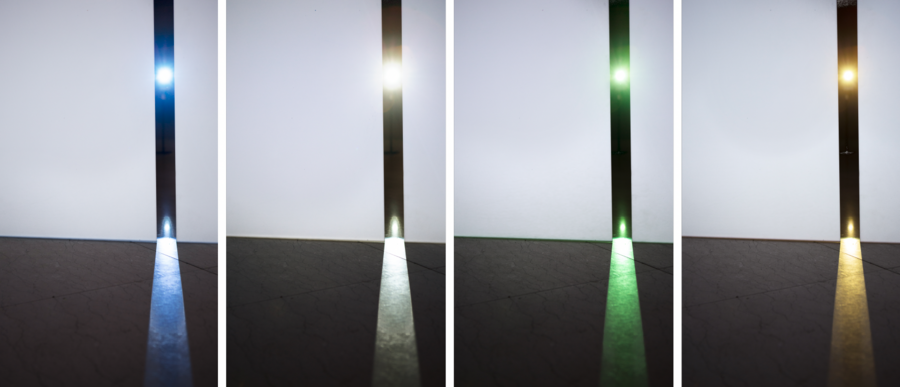
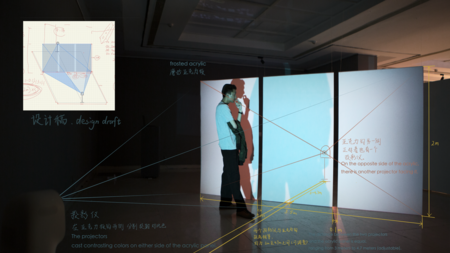
In this installation artwork, there are two segments of continuously changing colors, and these two segments are negative images of each other in terms of color (complementary colors). When these images confront each other directly, they vanish, revealing an 18% grey. The imagery continues to unfold, and at this moment, intervening or obstructing the passage of light will allow the original colors to reappear—the grayscale contains everything.
Exhibition
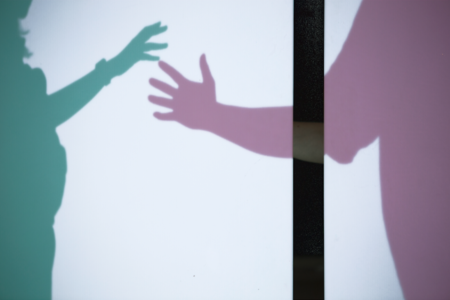
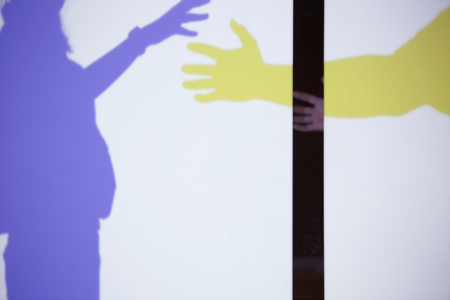
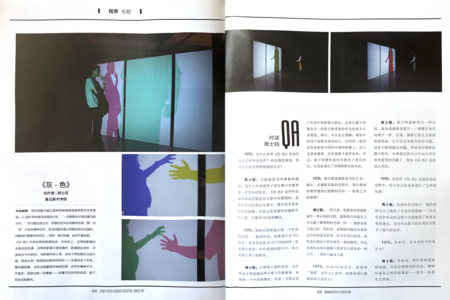
Art Q& A with Zhou Shiyu
FOTO: Why did you choose In-between as your graduation work? And why did you present it in that particular way at the exhibition?
Zhou Shiyu: Perhaps because of my background in photography, I had the idea of using positives and negatives to create a work several years ago. This piece was initially conceived while enlarging photos in the darkroom. Although the final presentation doesn’t include any actual images, its origin still stems from photographic concepts—positives, negatives, and 18% gray.
FOTO: Could you briefly explain the principle behind the work? To my knowledge, producing 18% gray requires combining RGB light at a grayscale value of 127/128, but in the exhibition photos, I only saw two projectors.
Zhou Shiyu: As I mentioned earlier, this work primarily achieves a medium gray by overlaying positives and negatives. However, after removing the image elements, these positives and negatives manifest as alternating complementary colors. So, to put it simply: the two projectors at the exhibition cast complementary colors onto a semi-transparent screen in the middle. When viewers stand in front of the screen, their shadows appear colored because blocking light from one projector reveals the hue from the opposite projector.
FOTO: We often say photography is the art of light. So, in photographic practice, how should we perceive what lies beyond the frame—the existence obscured by images?
Zhou Shiyu: I’ve always viewed photography as a cognitive process. Just as we know we can never fully comprehend everything about an object, when we press the shutter, we’re always aware of the reality beyond the photograph. Admittedly, while this might seem like a limitation, it’s also the only way we can engage with the world—we have no other choice.
FOTO: What do you think photography is? And what motivates you to pursue it?
Zhou Shiyu: I don’t regard photography as a belief; to me, it’s a medium—like any other. But what I particularly love about photography is that it doesn’t just convey themes—it constantly raises questions. Even discussing the medium’s inherent qualities alone can lead to fascinating inquiries, which is how my work In-between came about.
